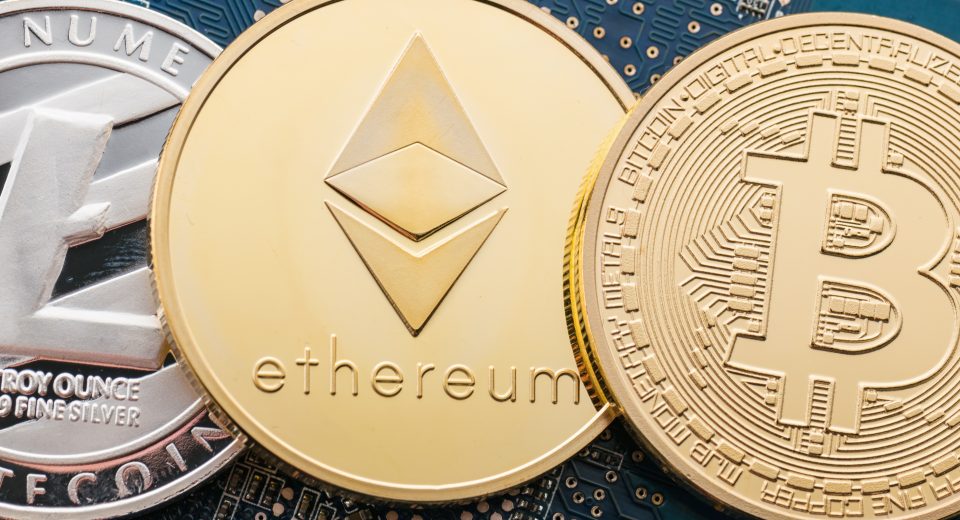What is Blockchain

Technical advancements have led to the development of several revolutionary technologies and systems. One such technology, which has attracted the attention of the whole world is Blockchain technology, underlying the working of Bitcoins, the revolutionary digital currency. Bitcoin, termed as digital gold, has witnessed a stupendous rise in its value since its inception and one major reason for its growing acceptance is the technology behind it.
Blockchain, developed by an unknown person or persons, allows digital information to be distributed but not copied, thus preventing misuse or double use of the same currency for fraudulent purpose. Originally devised for the digital currency, Bitcoin, the technology can be used for several other applications. Let’s find out more about the workings of this technology and its applications.
Understanding the Blockchain
Traditionally, trusted third parties act as intermediaries for financial transactions and do the necessary vetting and checking to prevent any kind of misuse. Now, two things are involved in this. First, you need time, and second, the fees payable to these intermediaries. Developers of Bitcoin aimed to introduce a concept where the vetting would be not just quick but instantaneous, and that too without the involvement of an intermediary. This was done in the form of the original Blockchain, an open source technology, wherein the intermediary is replaced by the collective verification of the ecosystem, which offers a huge degree of traceability, security and speed.
Blockchain involves a network of computers, with the same worksheet, which is shared and can be continually reconciled by the participants at any time. This means the blockchain database is not stored at a single location, making it public and easily verifiable. Also, the absence of any centralised version and the need for huge amounts of computing power to process a transaction ensures that the database cannot be hacked or corrupted, but can be accessed by anybody on the Internet. The whole system has been designed in such a way that the network reconciles every transaction at ten-minute intervals, with each transaction being referred to as a block.
In case of a public Blockchain, there are multiple nodes (computers), representing and acting as the executor of transactions and miners, simultaneously. Transactions are represented by blocks that are added to the Blockchain via cryptography. The Blockchain has complete information about different user addresses and their balances, right from the genesis block to the most recently completed block. Now, a miner receives an award in the form of Bitcoins, based on the computational time taken by them to work out whether a proposed transaction is valid and what is the correct mathematical key to link the block of transactions into the correct place in the open ledger.
As more and more transactions are executed, the virtual money supply gets enhanced with the generation of additional Bitcoins. To ensure that the supply of Bitcoins does not reach very high proportions, the reward to miners is reduced every four years, and a time will come when Bitcoin production will cease.
Applications of Blockchain Technology
Similar to a distributed ledger, this highly secure technology can be an ideal solution for financial institutions and stock exchanges burdened with regulatory compliance and incurring huge costs. It can also be applied to any multi-step transaction that involves traceability and visibility. Advocates of the technology have also suggested the use of such an electronic ledger system for voting systems, vehicle and weapon registrations, medical records and even to confirm ownership of artwork.
Several tech startups are adopting this revolutionary technology to take advantage of its features and applying them to a variety of industries. Blockchain networks can even be used for smart contracts that are automatically executed on fulfillment of certain set of conditions. Even established firms like Microsoft Corp are already working to develop a system that can help them provide a single click, cloud-based environment for clients as well as developers.
The future of this technology appears boundless, with its inherent advantages attracting players of all sizes to adopt it for developing innovative systems and products.
Disclaimer
If you liked this educational article please consult our Risk Disclosure Notice before starting to trade. Trading leveraged products involves a high level of risk. You may lose more than your invested capital.




